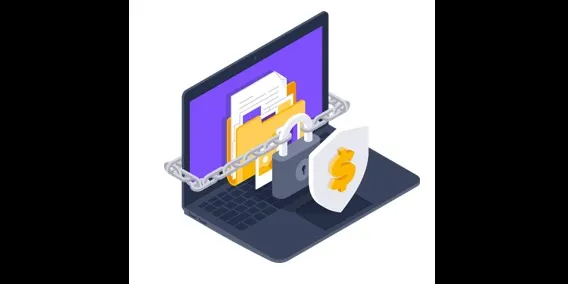

Become protected: How internet fraud works

There exist several forms in which fraud is perpetrated on the web. The Securities and Exchange Commission highlights several types of internet fraud on their website. Lisa Mitchell, the Customer Success Manager of Semalt, has discussed in brief some of those for you to be protected from the online attacks.
Investment Offers
It's a process in which legit stockbrokers contact clients through the phone to persuade them to invest in a specific stock. It has also attracted fraudsters who use biased newsletters to investors with the sole purpose of theft.

Common Schemes
It involves sending emails to random people that suggest that you can gain massive profits with a very minimal input. The most famous is the Nigerian fraud where an email purported to be from someone in distress requires your help to wire some funds into your account. The fraudster suggests using your bank account to transfer the money, which in a real sense, their aim is to defraud you off wiring fees and taxes. Should you fall into their trap, you will lose all advanced funds.
Investment Advice
This occurs through a joint effort of online newsletter writers and investment companies. The investment companies pay these writers so that they can write information that favors investing in a particular company. Furthermore, they don't disclose that they are being paid for their recommendation. This constitutes biased information which a potential investor assumes to be unbiased when making investment decisions.
Auction Frauds
This involves online merchandise stores. Mostly, it occurs in four ways. Firstly, the seller takes all the money from buyers but never delivers the merchandise at all. The second way is where the seller gives a product whose value is less than the advertised one. In this case, he gives wrong information about a product with the aim of attracting more buyers. The customer ends up paying more. The third way involves lying about the delivery timeframe. The seller then delivers later than indicated. Lastly, a vendor may fail to make known critical information that would affect the decision of a buyer.
The Federal Trade Commission and Auction Fraud
This includes mischievous sellers placing bids on a seller's product to push the price up, bidding high to drive out other bidders then withdrawing the bids to get the product at a lower price and finally lying to customers that they can get products advertised on legitimate sites at a lower price outside the platform. When they follow the perpetrators, they end up being conned.
Identity Theft
The victim's details are used to obtain important things like driving licenses and credit cards. All credit obtained is later paid by the victim and traffic offenses committed are recorded in the victim's history. The victim only gets to know when they get reminded that they are late in paying their fines.
Phishing
The attacker convinces the victim to supply confidential personal information by pretending to be a legitimate entity that the victim is familiar with, e.g., a bank.
Cyber Stalking
This involves threatening an individual electronically. It can be done through the use of emails, the internet or other electronic means.



1564577705723.jpg?mode=crop&crop=faces&ar=16%3A9&format=auto&w=1920&q=75)


